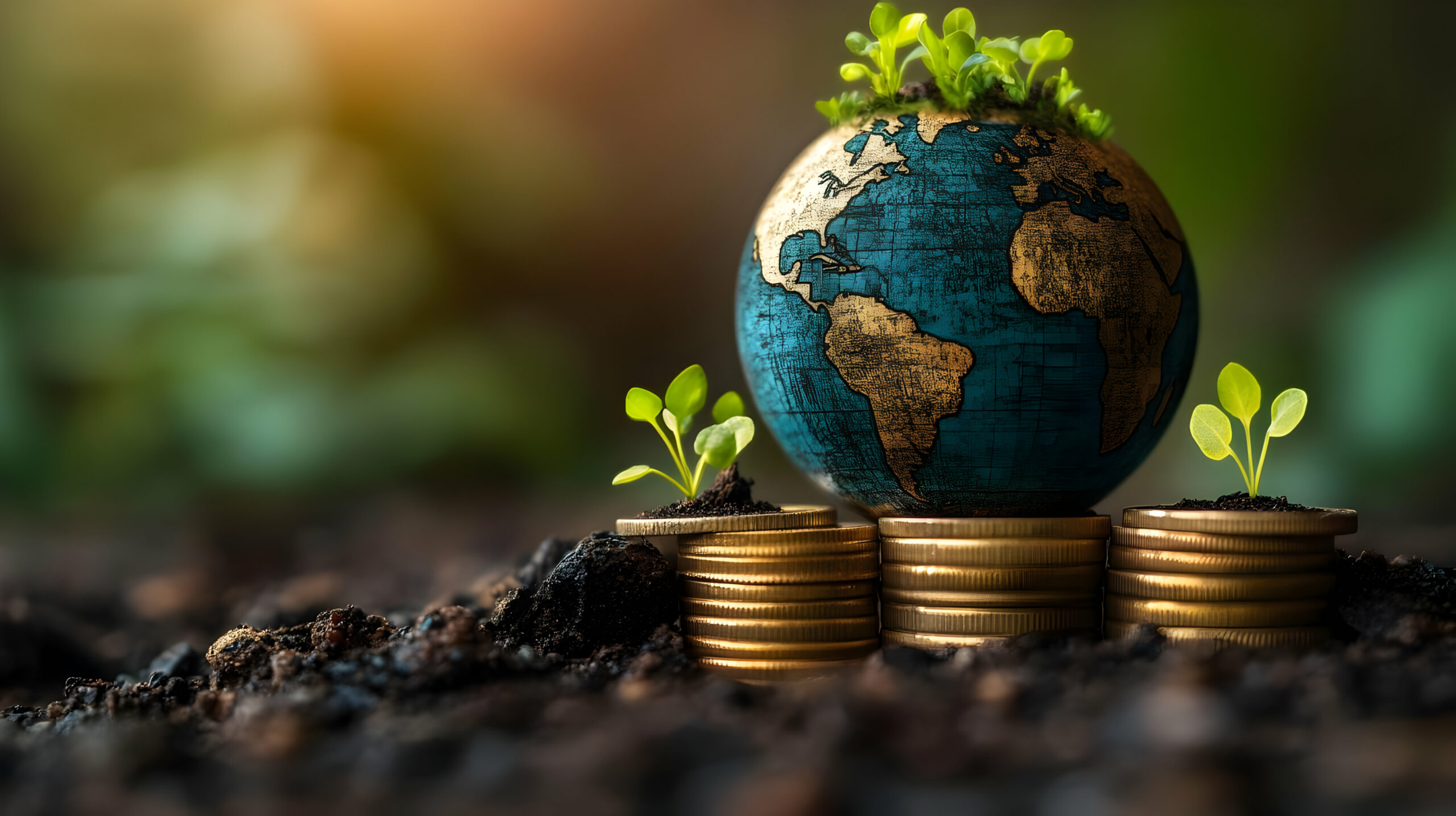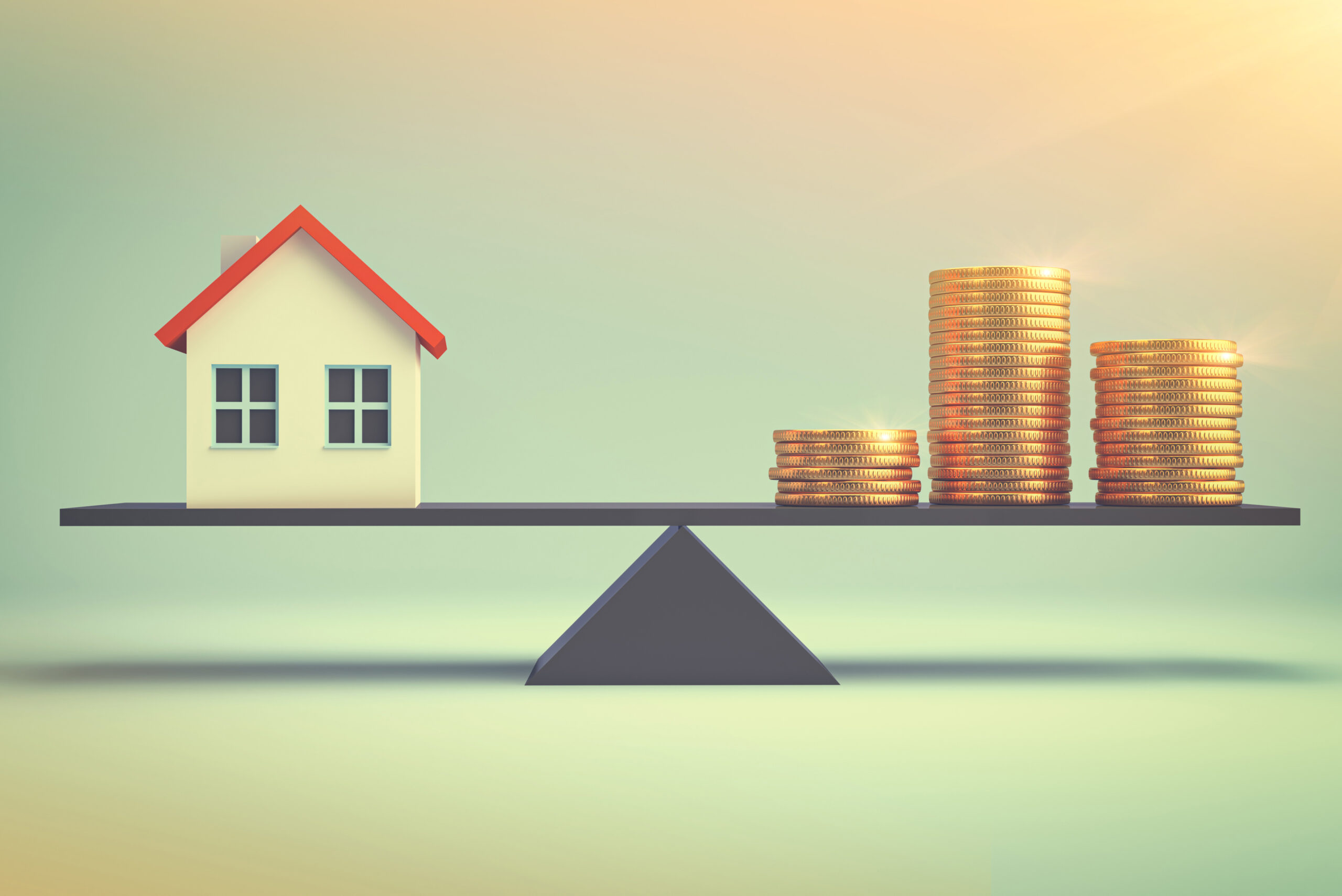How is climate change reshaping global economies and political stability? In what ways does climate change disrupt job markets, supply chains, and international relations? Can governments and businesses effectively adapt to the sweeping impacts of climate change on economic and political systems?
Climate change has transcended its original framing as an environmental issue to become a profound economic and political force. Its effects ripple through agriculture, supply chains, insurance sectors, and labor markets, causing billions of dollars in damages and contributing to global instability. Nations are grappling with rising costs, shifting job markets, and infrastructure vulnerabilities, while industries face an urgent need to adapt or risk collapse. Climate change exposes the fragility of interconnected systems and demands a fundamental rethinking of how societies structure their economies and prepare for future disruptions.
On the political front, climate change acts as a “threat multiplier,” intensifying resource competition, fueling migration, and exacerbating social inequalities. Strains on governance systems are growing, as climate-induced stresses lead to diplomatic tensions, urban overcrowding, and nationalist backlashes. Adaptation efforts are wildly uneven, deepening the divide between wealthy and developing nations. As the world confronts the reality that climate change is the defining force of our era, the urgency to build resilient, equitable, and forward-looking policies has never been greater.
Climate change was once viewed primarily as an environmental concern. But decades of globalization, which have intertwined supply chains and cross-pollinated cultures across borders, have also meant that climate change has emerged as one of the most profound forces with the potential to reshape the global economic and political order.
Climate change was once considered a problem of melting ice caps or endangered species. But as our understanding of the potential effects it could have on a fragile planet evolved, so too did the understanding of it as a disruptive force that could affect everything from the cost of food to the risk premiums on sovereign debt. Economists, military leaders, and policymakers now increasingly refer to climate change as a “threat multiplier.” In this context, climate change could well be a catalyst that exacerbates existing vulnerabilities in societies, economies, and governance systems.
Climate change has the potential to reach beyond the weather and redraw economic maps, destabilize trade flows, and test the resilience of political institutions. Its impact can be measured in billions of dollars in damages, millions of jobs disrupted, and the steady erosion of stability in already fragile regions. To understand how deeply climate change touches our collective future, we must look beyond environmental degradation to the economic tremors and geopolitical rifts it sets in motion.
Table of Contents:
Economic Disruptions Driven by Climate Change
Political Stress and Governance Challenges
The Uneven Nature of Adaptation
Economic Disruptions Driven by Climate Change
Few sectors are as immediately and viscerally affected by climate change as agriculture. Erratic rainfall patterns, prolonged droughts, and more intense flooding have begun to upend centuries-old farming traditions. In regions like Sub-Saharan Africa and South Asia, agriculture still forms the backbone of national economies. However, the yields of staple crops like maize, rice, and wheat are declining due to increasing heat and water stress.
Even in industrialized nations, climate volatility forces farmers to reimagine growing calendars. California’s Central Valley, once one of the most productive agricultural zones in the world, faces a future of chronic water shortages. Meanwhile, shifting climate zones are pushing crop production into unfamiliar latitudes, as seen in the expansion of vineyards into southern England or soy cultivation creeping into Canada’s prairies. But such transitions are neither smooth nor immediate—they come with financial, ecological, and social costs.
It’s not just agriculture, though. Insurance costs are borne by consumers and businesses alike. Extreme weather events are now expected annual occurrences. Hurricanes, wildfires, and floods are causing hundreds of billions in public infrastructure and private property damages. The World Bank estimates that climate-related disasters alone cost cities over $300 billion annually. As sea levels rise, major urban centers like Miami, Jakarta, and Bangkok are already investing heavily in coastal defenses, drainage systems, and resilience upgrades just to stay habitable.
The strain doesn’t end with governments. The insurance sector is facing an existential reckoning. As weather events grow more destructive and less predictable, premiums are soaring. In addition, entire regions are becoming “uninsurable,” leaving homeowners and businesses exposed and governments forced to act as insurers of last resort—this cost migration from private to public further strains national budgets already stretched by inflation and debt.
The pandemic taught a valuable lesson about the fragility and interconnectedness of our global supply chains. The global economy runs on complex, just-in-time supply chains. But climate change introduces a new form of friction: climate shocks that ripple through transportation, logistics, and production. A single flood in a key Southeast Asian hub can stall electronics manufacturing in Europe; a prolonged drought can idle ports where water levels are too low for cargo ships.
Take, for example, the Rhine River in Germany. In recent years, record-low water levels have severely restricted the flow of goods along one of Europe’s key commercial arteries. The Panama Canal, too, has faced capacity restrictions due to persistent drought, delaying shipping timelines and raising freight costs. These disruptions aren’t isolated—they reverberate across global markets, increasing input costs and inflating consumer prices.
The world’s economies depend on human capital being deployed effectively. Changes to job markets have outsized effects on GDP per capita growth. And climate change is not only eroding traditional job markets—it’s also catalyzing new ones. Agriculture, fishing, and tourism are all highly climate-sensitive industries. And they are all seeing rising volatility in both job security and income levels. Small island economies that depend on coral reef tourism are witnessing steep declines as marine ecosystems bleach and die. Similarly, the desertification of once-productive farmland is forcing rural workers into cities or across borders in search of work, contributing to urban overcrowding and social strain.
However, with every risk comes opportunity. The green economy is surging. The International Labour Organization projects that transitioning to a low-carbon economy could create 24 million new jobs by 2030, provided the right policies are in place. Roles in renewable energy, sustainable construction, and climate adaptation engineering are in high demand. However, this shift requires significant re-skilling and investment in education. As a result, labor markets risk deepening inequalities, even as they evolve toward climate resilience.
Political Stress and Governance Challenges
If climate change is an economic shockwave, it is equally a political fault line—one that deepens existing fractures within and between nations. As environmental stresses intensify, they place mounting pressure on governance systems already struggling with inequality, polarization, and resource competition.
Nowhere is the geopolitical dimension of climate change more visible than in the struggle over dwindling resources. Access to freshwater, arable land, and energy are already contested in many parts of the world. Rivers that once flowed reliably across borders, like the Nile or the Mekong, are increasingly unpredictable, turning water management into a diplomatic battleground. In South Asia, melting Himalayan glaciers threaten to disrupt water flows to hundreds of millions, setting the stage for interstate tension between nuclear-armed neighbors like India, China, and Pakistan.
Even within nations, the competition is fierce. In the United States, for instance, disputes over water rights in the Colorado River Basin are pitting states against each other, forcing federal intervention. These are not just bureaucratic squabbles—they are harbingers of the type of governance strain that climate scarcity provokes, especially where institutional trust is low and political polarization is high.
Climate migration was once a theoretical concern. But it is fast becoming a central political issue. Rising sea levels, extreme heat, and prolonged drought are pushing people out of unlivable regions. In Bangladesh, for example, sea-level rise is projected to displace up to 17% of the population by 2050. In Central America’s “dry corridor,” recurring crop failures are already sending waves of migrants northward.
These movements place enormous pressure on urban centers unprepared for rapid influxes of people and on neighboring countries whose social safety nets and political systems are already strained. The result? Increased competition for jobs, housing, and public services—conditions ripe for xenophobia, political scapegoating, and the rise of hardline nationalist policies.
In such a political climate, governments are increasingly caught between the urgency of climate action and the limits of their political capital. Whether it’s a carbon tax that sparks a grassroots revolt, like the “Gilets Jaunes” protests in France, or a failed transition plan that leaves entire communities behind, poorly managed climate policy can ignite public backlash.
The inequity of who pays for adaptation (taxpayers, corporations, or marginalized communities) often determines the social response. In many cases, those most vulnerable to climate impacts are the least responsible for emissions yet receive the fewest resources for adaptation. This perceived injustice is fertile ground for populist rhetoric and civil unrest.
The Uneven Nature of Adaptation
The race to adapt to climate change is not being run on a level playing field. Just as the effects of climate change are not distributed equally, neither is the capacity to withstand them. This inequality is both unjust and destabilizing.
Wealthy nations have the resources to build sea walls, retrofit infrastructure, and invest in green innovation. Developing countries, by contrast, are often left to fend for themselves, reliant on insufficient international aid or loans that deepen their debt burdens. The result is a widening adaptation gap, where the places most affected by climate change are the least equipped to respond.
The 2022 floods in Pakistan—submerging a third of the country and displacing millions—offered a stark reminder. While the disaster was driven by climate forces largely outside Pakistan’s control, its recovery was hindered by economic fragility and limited global assistance. In this and countless other cases, adaptation is shaped not just by climate science but by colonial legacies, trade imbalances, and the global community’s willingness (or unwillingness) to act collectively.
Adaptation is not just a national endeavor but a corporate one. And here, too, readiness varies wildly. Some firms are integrating climate risk into core business strategy, mapping out supply chain vulnerabilities, and investing in decarbonization. Others are still approaching climate as a compliance box to check, blind to the systemic risks looming ahead.
Governments, similarly, range from proactive to paralyzed. Some cities like Rotterdam or Singapore have become global models for resilience planning. Others lack even basic disaster preparedness protocols. When adaptation is reactive rather than anticipatory, the costs are higher, the social impacts deeper, and the recovery slower.
We’re also haunted by blind spots that are best understood as cascading risks that are poorly understood or ignored. Climate is not a slow-moving problem anymore. It is fast, nonlinear, and global, and most institutions are still catching up.
Key Takeaways
It is challenging to confront the reality of climate change and come away positive. But I would argue that it is entirely possible to do so. Policymakers are alive to the problem. “Climate denialism” as a quasi-religion is losing both followers and political clout. And the largest generations ever born, Millennials and Gen Z, are deeply climate conscious and motivated to action.
Which is just as well. Because climate change is no longer a future event; it is the defining force of the present. It is rewriting the rules of economics, redrawing borders of habitability, and redefining the responsibilities of governments and businesses alike. The transition it demands is not optional. It is already underway, unfolding unevenly across regions, sectors, and communities.
What remains to be seen is how well we can manage that transition. Can we build systems that are both equitable and efficient? Will the benefits of adaptation be shared—or hoarded by the few who can afford them? These are the political and moral questions that now shape the climate era. The choices we make now and the actions we put our intellectual, political, and financial capital behind will determine the outcomes we reap in the future.




